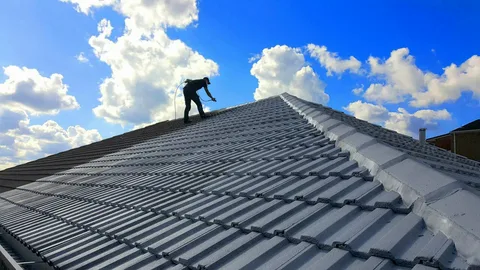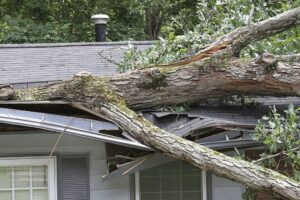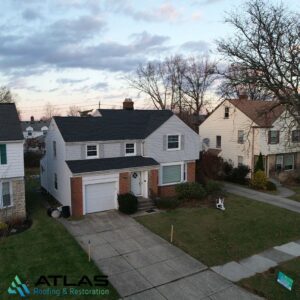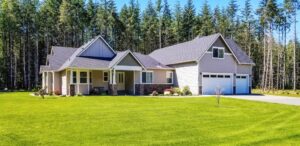Managing a multi-family property is a big responsibility. From tenant satisfaction to building upkeep, every aspect plays a role in the long-term success of your investment. One of the most critical — yet often overlooked — parts of property maintenance is the roof. A healthy, well-maintained roof protects not only your building but also the safety, comfort, and satisfaction of your tenants. But how do you know when it’s time for a roof replacement?
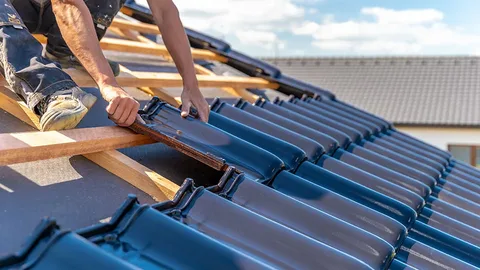
Let’s explore the key signs your multi-family property may need a new roof, and how staying proactive can save you thousands in future repairs.
1. Roof Age Exceeds Life Expectancy
Like any building component, roofs have a lifespan. Most traditional asphalt shingle roofs last around 20-25 years, while metal or tile roofs can stretch to 40-50 years with proper maintenance. If your multi-family property’s roof is approaching or has exceeded its expected lifespan, it may be time to consider a full replacement.
Even if the roof looks fine from the ground, internal deterioration could be taking place. Older roofs are also more prone to damage from storms, leaks, and mold — putting both your investment and your tenants at risk.
2. Frequent and Costly Repairs
A good rule of thumb: if you’re patching up the roof more than twice a year or spending increasing amounts on repairs, replacement might be more cost-effective.
While minor repairs are a normal part of roof maintenance, consistently fixing leaks, replacing shingles, or dealing with flashing failures can indicate a much larger issue — one that may not go away until a full roof replacement is done. Frequent problems are a sign that the roofing system as a whole is deteriorating and can no longer hold up under regular wear and tear.
3. Water Leaks and Interior Damage
Water stains on ceilings or walls, sagging drywall, and mold growth are strong indicators of a leaking roof. These signs often show up in top-floor units first and can lead to serious structural damage if not addressed quickly.
In multi-family buildings, leaks can affect multiple tenants, leading to complaints, potential lawsuits, and expensive emergency repairs. Water intrusion can also damage insulation, electrical systems, and even cause health hazards due to mold and mildew. If you’re regularly dealing with leak-related complaints, it may be time to inspect the entire roofing system.
4. Visible Roof Damage
Even from the ground, you might be able to spot certain signs of roof damage. Look for:
- Missing or curling shingles
- Sagging rooflines
- Bald patches where granules are missing
- Damaged flashing around chimneys and vents
These issues are not only cosmetic — they are signs that your roofing system is breaking down. A professional inspection will help determine whether the roof can be repaired or if a complete replacement is necessary.
5. High Energy Bills
A failing roof can compromise your property’s insulation and ventilation, causing your HVAC system to work harder than it should. Poor energy efficiency often translates to high heating and cooling costs for both landlords and tenants.
If you’ve noticed a significant rise in your energy bills — and have already checked for other causes like outdated windows or HVAC issues — your roof might be the culprit. Upgrading to a new, energy-efficient roofing system can help stabilize indoor temperatures and lower monthly utility costs across the building.
6. Mold, Mildew, and Algae Growth
A roof that retains moisture can develop biological growth such as mold, mildew, and algae. While some of these issues are surface-level and treatable, they may also be signs of trapped moisture under the roof’s surface — especially on older roofs.
If your multi-family property’s roof has dark streaks, green patches, or noticeable soft spots, you could be dealing with water infiltration or rot. Left untreated, mold can spread inside the property, impacting tenants’ health and violating local housing codes.
7. Tenant Complaints About Drafts or Noise
If tenants are reporting uncomfortable drafts, strange odors, or unusual noises from the ceiling, your roof could be the root of the problem. Compromised roofing materials can allow air leaks or poor ventilation, making it harder to maintain a consistent indoor climate.
In addition, a deteriorating roof can amplify outside noise, reducing the comfort of your units. Addressing roof issues early not only helps avoid costly repairs but also improves tenant satisfaction and retention.
8. Pooling Water on Flat or Low-Slope Roofs
Many multi-family properties, especially apartment complexes or condos, feature flat or low-slope roofing. While these designs are common and cost-effective, they’re also prone to water pooling if drainage systems are clogged or the roof is uneven.
Standing water that doesn’t drain properly can lead to roof membrane breakdown, mold growth, and even structural sagging. If your roof regularly holds puddles after rain, it’s time to get a professional roofing inspection to assess whether drainage or structural issues are present — and whether a new roofing system is needed.
9. Roof Deck Sagging
A sagging roof deck is a serious red flag. This can happen when moisture gets into the underlying decking and causes the wood to weaken or rot. It’s typically visible from the ground as a dip or curve in the roofline.
Sagging can compromise the entire structure and is usually beyond the point of simple repair. If you notice any part of the roof drooping or buckling, don’t delay — this is a sign that the roof may be structurally unsound and a full replacement is likely necessary.
10. Outdated Roofing Materials
Roofing technology has advanced in recent years. Older roofing materials may no longer meet current building codes or energy efficiency standards. If your multi-family roof was installed decades ago, it might be using outdated materials that no longer provide sufficient protection.
Switching to modern, high-performance materials — such as cool roofing systems or energy-efficient shingles — can improve durability, lower energy use, and even qualify you for tax credits or insurance discounts.
The Importance of a Professional Inspection
Even if you’re unsure whether your property needs a new roof, scheduling a professional roofing inspection is a smart move. Roofing experts who specialize in multi-family roofing can spot hidden signs of damage, assess the structural integrity of your roof, and provide recommendations tailored to your building’s size, layout, and occupancy needs.
A thorough inspection can be the difference between spending thousands on emergency repairs and planning a well-budgeted, timely roof replacement.
Trust the Experts at Atlas Roofing & Restoration
When it’s time to replace or repair your multi-family property’s roof, don’t trust just anyone. You need a team that understands the unique challenges and demands of multi-unit housing.
Atlas Roofing & Restoration specializes in multi-family roofing, offering comprehensive solutions tailored to property managers and building owners. Whether you need a full roof replacement, inspection, or storm damage repair, their experienced team is ready to protect your investment and your tenants.
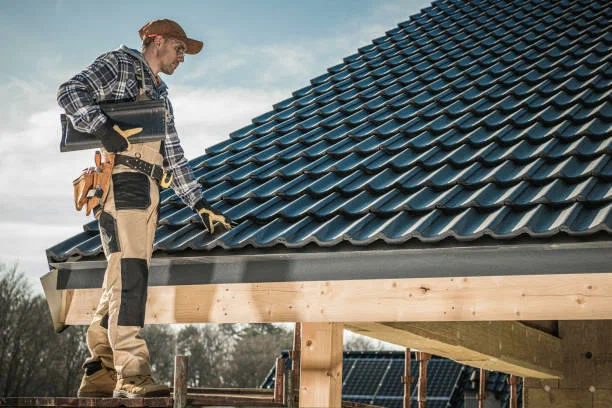
From top-tier materials to expert craftsmanship and transparent communication, Atlas Roofing & Restoration ensures every project is completed on time, on budget, and up to code.
Final Thoughts
Replacing the roof on a multi-family property is a major decision — but waiting too long can lead to bigger problems. By recognizing the warning signs early, you can stay ahead of costly damage, keep your tenants happy, and protect the long-term value of your investment.
Don’t wait until small issues become big ones. If you’ve noticed any of the signs mentioned above, now is the time to act. Contact Atlas Roofing & Restoration today for a professional inspection and discover how their multi-family roofing services can give you peace of mind.

